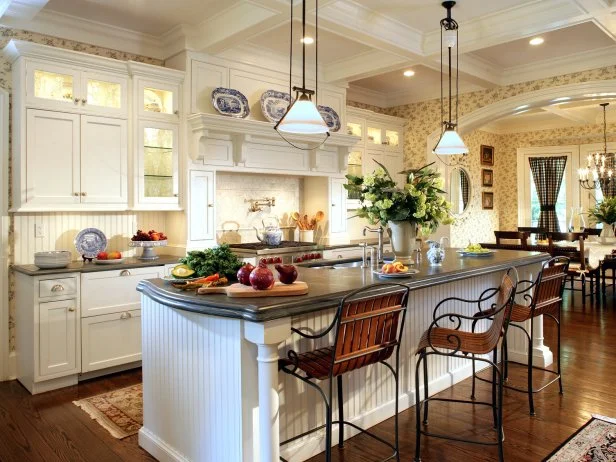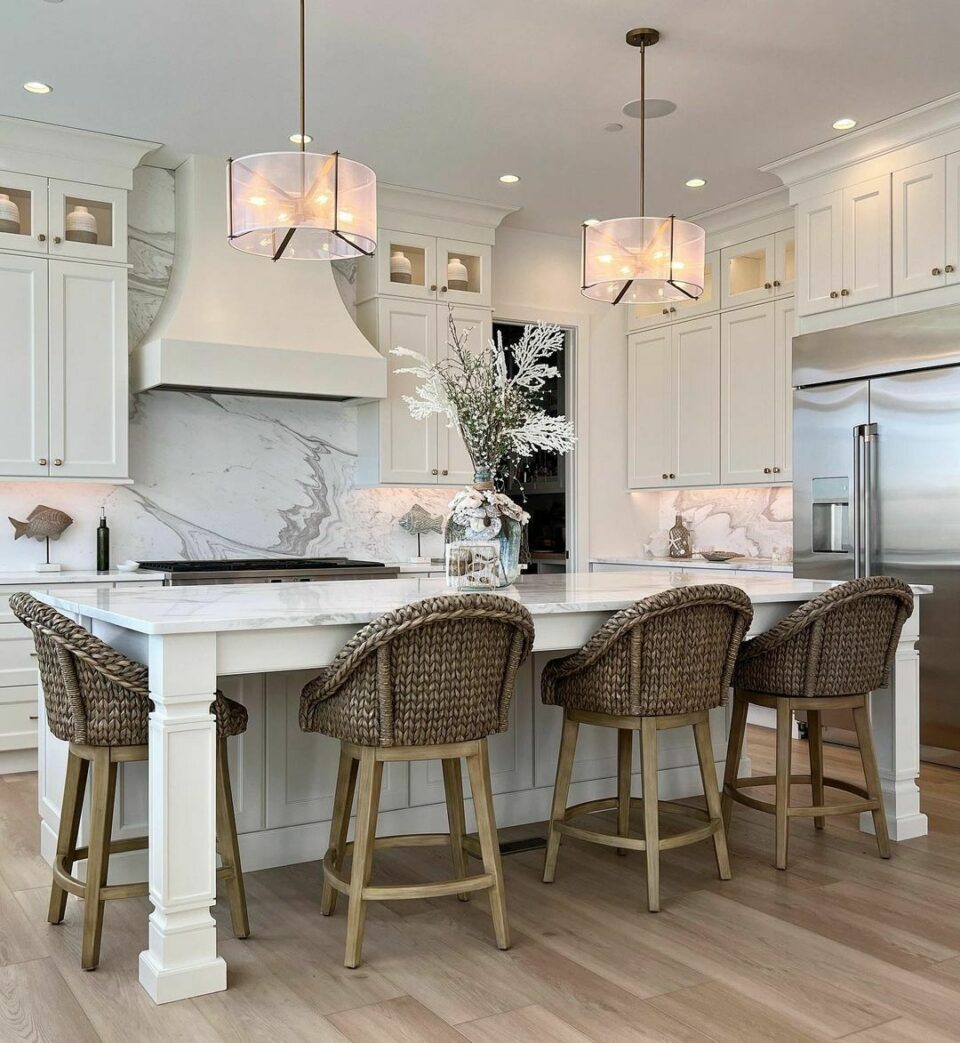A Guide to Choosing the Perfect Legs For Kitchen Island for Your Home
Picking the ideal legs for your kitchen area island is a nuanced choice that affects both the functionality and aesthetic appeal of this central area. Factors such as height, materials, and style play an important duty in harmonizing your island with the general kitchen area design. Additionally, recognizing the relevance of stability and maintenance can substantially influence your choice. As you consider these components, it becomes noticeable that the right legs can change not only the look of your kitchen yet likewise its use for many years ahead. What specific attributes should you focus on in this selection procedure?

Understanding Cooking Area Island Legs
When choosing legs for a cooking area island, it's vital to understand their practical and visual roles in the general layout. The legs serve as a vital support system, making sure security and longevity for the island, which commonly functions as a work area, eating location, or gathering area. The selection of material and building technique need to be durable adequate to withstand daily use and prospective wear.
In enhancement to their architectural duties, legs contribute dramatically to the island's aesthetic allure. They can boost the kitchen's style, whether through conventional, contemporary, or eclectic styles. The height and proportion of the legs are likewise important factors to consider; they have to integrate with the island's countertop elevation while ensuring comfy seating for those using the space.
Moreover, the leg style can affect the general flow of the cooking area. Open, airy leg designs can produce a sense of lightness, while solid, significant legs might share a much more grounded and stable aesthetic - Legs For Kitchen Island. Understanding these useful and visual aspects will certainly lead home owners in making educated options that complement their kitchen's layout and improve its functionality
Popular Styles and Products
The option of legs for a kitchen island includes a selection of popular designs and products, each offering unique attributes that can boost both functionality and appearances. Conventional legs normally show ornate details and workmanship, boosting classic kitchen styles.

Elevation and Stability Factors To Consider

The legs of the kitchen area island need to offer ample assistance, guaranteeing that the structure can withstand day-to-day usage without shifting or wobbling. Material option plays a considerable duty in security; metal legs, for circumstances, often tend to provide better toughness compared to wood.
Matching Your Cooking Area Visual
Selecting the ideal legs for your cooking area island exceeds performance; it additionally plays a considerable duty in the overall aesthetic of the area. When selecting legs, take into consideration the design style of your kitchen. For a contemporary appearance, streamlined steel or minimal designs can create a clean, contemporary ambiance. On the various other hand, typical or rustic kitchen areas commonly take advantage of wood legs with intricate describing or a distressed surface, improving heat and personality.
Legs that complement or comparison with your island's see here surface and surrounding cabinets can produce aesthetic harmony or striking focal factors. In addition, take into consideration the coating of the legs; matte, glossy, or distinctive finishes can dramatically impact the total feel of the kitchen.
Setup and Maintenance Tips
Installing kitchen area island legs calls for careful interest to information to guarantee both security and visual appeal. Utilize a stud finder to situate wall studs if you are connecting the legs to a wall surface or using brackets for included assistance.
When securing the legs, utilize high-grade screws and, if required, timber adhesive for added strength. For metal legs, make sure that you are making use of ideal supports and tools to stop damages to your floor covering. It is advisable to look for levelness after setup, making changes as required to stay clear of wobbling.
Maintenance is similarly crucial for long life - Legs For Kitchen Island. Routinely inspect the legs for any type of indications of wear or helping to loosen, specifically in high-traffic locations. Clean the legs with a suitable cleaner, preventing rough materials that might damage the surface area. For wooden legs, consider using a timber conditioner regularly to keep their coating. By complying with these installment and upkeep ideas, you can make certain that your cooking area island legs continue to be both aesthetically attractive and functional.
Verdict
In verdict, choosing the appropriate legs for a cooking area island demands cautious consideration of elevation, stability, and aesthetic compatibility. By picking appropriate materials and styles that straighten with the general kitchen layout, capability can be improved while keeping aesthetic appeal. Correct setup and ongoing upkeep even more add to the durability and long life of the kitchen island. Inevitably, thoughtful leg choice plays an important duty in boosting both the usefulness and layout of the kitchen area read review room.
When picking legs for a kitchen island, it's crucial to understand their aesthetic and practical duties in the overall style. Open, ventilated leg styles can produce a feeling of agility, while solid, considerable legs might share a more grounded and steady visual. The legs of the kitchen island ought to supply adequate support, making certain that the framework can withstand everyday usage without shifting or wobbling.Installing kitchen area island legs requires careful attention to detail to make sure both security and visual allure.In verdict, picking the appropriate legs for a kitchen island requires cautious consideration of height, stability, and aesthetic compatibility.